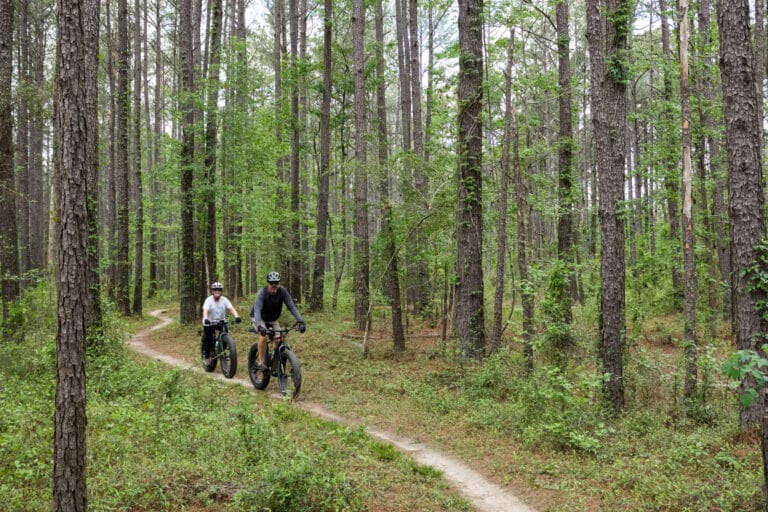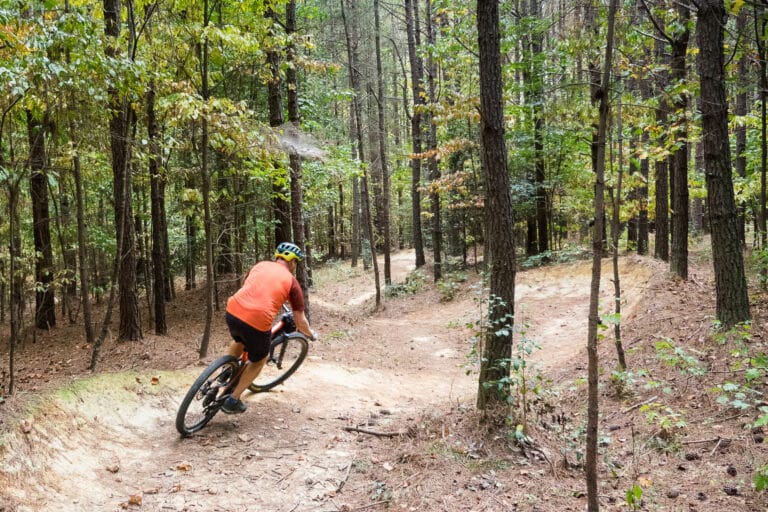Surge in Wind Energy Gives Climbers a New Career
It sounds too good to be true—getting paid to climb. For the past two years Matt Touchette has been living the dream. But he’s not working on craggy cliffs. Instead he uses his rope skills on rural wind farms, rappelling down turbine blades 200 feet high.
 An increasing number of rock climbers are being hired to provide necessary maintenance on the growing number of wind turbines worldwide. Previously, Touchette, 40, was a carpenter—a job that’s lost significant demand in the current economy. A fellow climber hooked him up with Rope Partner, a California-based company that services turbines across North America.
An increasing number of rock climbers are being hired to provide necessary maintenance on the growing number of wind turbines worldwide. Previously, Touchette, 40, was a carpenter—a job that’s lost significant demand in the current economy. A fellow climber hooked him up with Rope Partner, a California-based company that services turbines across North America.
“There’s a whole skill set to learn in industrial rope work, but having the background in climbing certainly helped,” says Touchette, who was ready to work after a weeklong certification course administered by the Society of Professional Rope Access Technicians. “Most people on staff are climbers or raft guides. It’s a perfect job for outdoor junkies.”
Now he’s on call year-round, waiting for jobs that take him to random farm towns for a couple days or much longer. Last fall Touchette spent a full month working on a Pennsylvania wind farm. In all, though, he only works approximately six months out of the year, which pays the bills and leaves him plenty of free time to hit his favorite crags.
The jobs are becoming more abundant as wind energy grows. U.S. wind power capacity more than doubled in the previous three years. Chris Bley of Rope Partner was ahead of the curve when he founded the company nine years ago. At first he only employed a couple of climbing buddies, but now he has 30 staff technicians. While Rope Partner is the only company in the country that exclusively services turbines, they now face competition. Older rope access companies that normally work on bridges and skyscrapers are seeing the value of turbine maintenance and starting to cherry-pick business.
“More competition is there, but I am also getting many more applications,” says Bley.
With their willingness to scale great heights, technicians like Touchette are filling a big niche in the wind sector. By rappelling down blades, climbers can quickly and efficiently reach prohibitive places that would otherwise only be accessible with a crane or scaffolding. A typical job involves patching fiberglass blades often damaged in inclement weather. Techs also fix lightning receptors, clean grease spills, or tweak glitches in the gear box.
The job requires extensive gear. In addition to his industrial-strength descender and harness, Touchette carries two 50-pound ropes and a heavy tool belt. He also wears a hard-hat and steel-toe boots. Exposure to extreme weather is one of the biggest concerns. Touchette compares the work to big wall climbing and often has to make a judgment call on whether it’s safe to work.
“It’s pretty intense when the wind suddenly gusts,” he says. “You have to keep all of your gear organized and be ready to surrender to the elements.”







